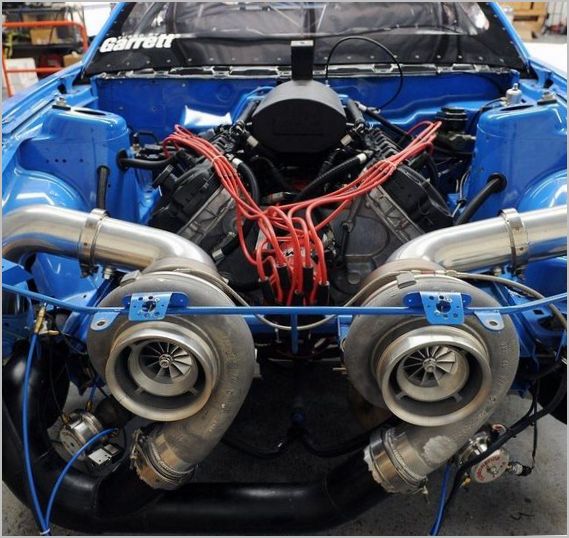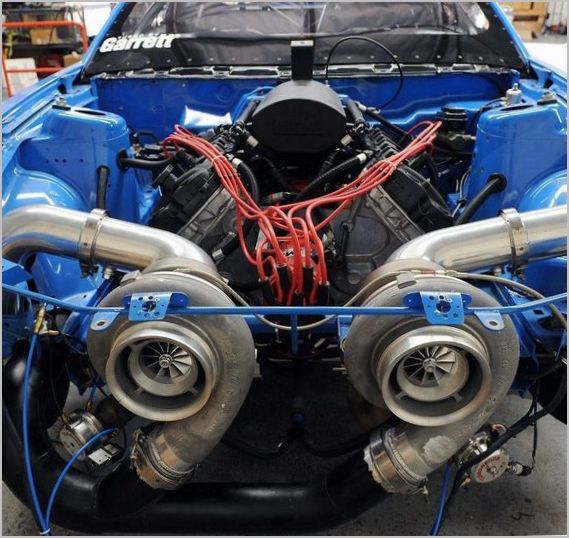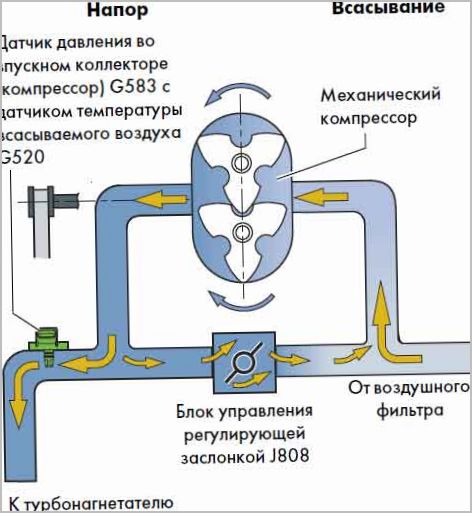
Features of the TwinTurbo turbocharging system
Content
The main problem when using a turbocharger is the inertia of the system or the occurrence of the so-called "turbo lag" (the time interval between an increase in engine speed and an actual increase in power). To eliminate it, a scheme was developed using two turbochargers, which was called TwinTurbo. This technology is also known by some manufacturers as BiTurbo, but the design differences are only in the trade name.

Twin Turbo Features
Dual compressor systems are available for diesel and petrol engines. However, the latter requires the use of higher quality fuel with a high octane number, which reduces the likelihood of detonation (a negative phenomenon that occurs in the engine cylinders, destroying the cylinder-piston group).
In addition to its primary function of reducing turbo lag time, the Twin Turbo scheme allows more power to be drawn from the vehicle's engine, reduces fuel consumption and maintains peak torque over a wide rev range. This is achieved by using various compressor connection schemes.
Turbocharging types with two turbochargers
Depending on how the pair of turbochargers are connected, there are three basic layouts of the TwinTurbo system:
- parallel;
- sequential;
- stepped.
Connecting turbines in parallel
Provides the connection of two identical turbochargers operating in parallel (simultaneously). The essence of the design is that two smaller turbines have less inertia than a large one.
Before entering the cylinders, the air pumped by both turbochargers enters the intake manifold, where it mixes with fuel and is distributed to the combustion chambers. This scheme is most often used on diesel engines.
Serial connection
The series-parallel circuit provides for the installation of two identical turbines. One works constantly, and the second is connected with an increase in engine speed, an increase in load, or other special modes. Switching from one operating mode to another occurs through a valve controlled by the vehicle's engine ECU.
This system is primarily aimed at eliminating turbo lag and achieving smoother acceleration dynamics of the car. TripleTurbo systems operate similarly.
Step scheme
Two-stage supercharging consists of two turbochargers of different sizes, installed in series and connected to the intake and exhaust ports. The latter are equipped with bypass valves that regulate the flow of air and exhaust gases. The step circuit has three modes of operation:
- Valves are closed at low rpm. Exhaust gases pass through both turbines. Because the gas pressure is low, the large turbine impellers barely rotate. Air flows through both compressor stages resulting in minimal overpressure.
- As the RPM increases, the exhaust valve begins to open, which drives the large turbine. The larger compressor compresses the air, after which it is sent to the smaller wheel, where additional compression is applied.
- When the engine is running at full speed, both valves are fully open, which directs the flow of exhaust gases directly to the large turbine, the air passes through the large compressor and is immediately sent to the engine cylinders.
The stepped version is most commonly used for diesel vehicles.
Twin Turbo pros and cons
At present, TwinTurbo is mainly installed on high-performance vehicles. The use of this system offers advantages such as the transmission of maximum torque over a wide range of engine speeds. In addition, thanks to the dual turbocharger, with a relatively small working volume of the power unit, an increase in power is achieved, which makes it cheaper than the "aspirated".
The main disadvantages of BiTurbo is the high cost, due to the complexity of the device. As with the classic turbine, twin turbocharger systems require more gentle handling, better fuel and timely oil changes.
